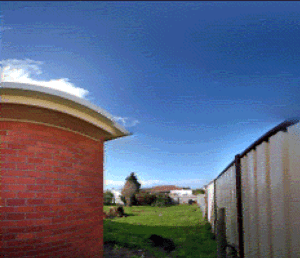The OCS Chipset…
The Original Chipset
The original Amiga chipset was used in the original Amiga 1000, the Amiga 2000-A and Amiga 2000-B, the Amiga 500 and the CDTV. In 1990, the Amiga 3000 featured the ECS chipset, which was an update of the Agnus and Denise chips, and some of the chips in the Amiga 2000-B and Amiga 500 were updated with some of the ECS chips. In 1992, Agnus and Denise were were replaced by Alice and Lisa in the AGA Chipset. The Paula chip, which was one of the original chips in the original chipset, remained functionally similar in all versions of the Amiga machines.
What was revolutionary about the Amiga chipset was that each chip worked independently of each other and of the central processor and could be programmed. Thus sound could be played, the display could be changed, and the central processor was still free to do whatever work necessary. This means that the central processor didn’t need to be as fast as in competing systems, where the central processor had to do the work that the Amigas custom chips did.
Paula was the name given to the Audio chip, which also handled the floppy disk drives and the serial port. Paula was essentially unchanged for the entire lifespan of the Amiga, and was found inside every single model Amiga. More information on Paula can be found here: The Paula Chip.
Denise was the main video output chip in the OCS Chipset. Denise read in the data from Chip RAM for the display and used that to determine what would be shown on the screen. Very early Amiga 1000s had a different Denise chip to later Amiga 1000s and all later Amigas that was not able to display the Extra HalfBright 64 colour mode, which worked on all later revisions. More information on Denise can be found here: The Denise Chip.
Agnus was the heart of the Amiga chipset, and was in charge of interfacing the other custom chips with the “Chip RAM“, amongst many other tasks. More information on Agnus can be found here: The Agnus Chip.

A picture in the HAM (Hold And Modify) mode, capable of showing all 4096 colours at once on screen. This could be shown on an Amiga 1000 from 1985!